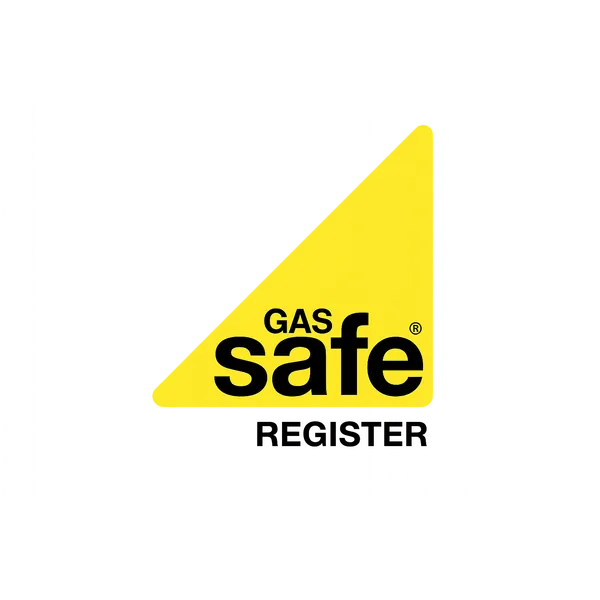Stop Heating the Sky: The Importance of Proper Loft Insulation
In the UK's ongoing battle against energy waste and rising fuel costs, one of the most significant yet overlooked areas of home improvement remains loft insulation. While homeowners diligently upgrade their boilers and install double-glazed windows, many continue to literally heat the sky through poorly insulated roofs. Understanding the science behind heat loss, the regulatory requirements, and the comprehensive benefits of proper insulation can transform both your home's comfort and your energy bills.
The Physics of Heat Loss Through Roofs
Understanding Thermal Dynamics
Heat naturally moves from warmer areas to cooler ones, and in winter, your heated home becomes a thermal reservoir constantly losing energy to the colder external environment. Roofs represent one of the primary escape routes for this precious warmth through three main mechanisms:
Conduction occurs when heat travels through solid materials like ceiling plasterboard and roof timbers. Convection happens when warm air rises and escapes through gaps and poorly sealed areas. Radiation transfers heat through electromagnetic waves from warm surfaces to cooler ones.
Without adequate insulation, up to 25% of a home's heat can be lost through the roof alone. This represents not just wasted energy but money literally disappearing into the atmosphere.
The Insulation Principle
Effective insulation works by trapping millions of tiny air pockets within its structure. Air is a poor conductor of heat, and these trapped pockets create a barrier that significantly slows heat transfer. Modern insulation materials like mineral wool, sheep's wool, and rigid foam boards are engineered to maximise this air-trapping capability while maintaining fire resistance and structural integrity.
UK Building Regulations and Standards
Current Requirements
The UK Building Regulations (Approved Document L1B) specify minimum insulation standards for both new builds and existing properties undergoing renovation. For loft spaces, the current requirement is a minimum of 270mm of insulation material, typically mineral wool or equivalent. This represents a significant increase from historical standards of just 100mm, reflecting our improved understanding of energy efficiency.
The Energy Performance Certificate (EPC)
Your home's EPC rating directly reflects the quality of your insulation. Properties with inadequate loft insulation typically achieve lower ratings (D, E, or even F), while well-insulated homes can reach B or even A ratings. This not only affects your energy bills but can impact property value and rental potential.
The True Cost of Poor Insulation
Financial Implications
The financial impact of inadequate loft insulation extends far beyond higher heating bills. Consider these hidden costs:
- Increased energy consumption: Heating systems work harder and longer to maintain comfortable temperatures
- Accelerated wear and tear: Boilers and heating systems experience more frequent cycling and reduced lifespan
- Cold weather damage: Poor insulation can lead to condensation issues, potentially causing timber rot and structural damage
- Property devaluation: Lower EPC ratings can reduce property value by thousands of pounds
Health and Comfort Impacts
Beyond the financial considerations, poor insulation directly affects living conditions:
- Temperature fluctuations: Rooms directly under poorly insulated roofs experience extreme temperature variations
- Damp and mould: Condensation from temperature differences can lead to mould growth, exacerbating respiratory conditions
- Cold-related health issues: Elderly residents and those with existing health conditions are particularly vulnerable to cold homes
- Sleep disruption: Bedrooms in roof spaces become uncomfortably cold in winter and excessively hot in summer
CRG Direct's Comprehensive Insulation Assessment
Professional Evaluation Process
At CRG Direct, we begin every insulation project with a thorough assessment of your current situation:
- Thermal imaging analysis to identify specific heat loss areas
- Moisture content testing to detect potential damp issues
- Structural assessment to ensure adequate ventilation and load-bearing capacity
- Existing insulation evaluation measuring depth, condition, and coverage
- Access and safety review to plan the installation process
Tailored Solutions
Every property is unique, and we provide customised insulation solutions based on:
- Property age and construction type
- Existing heating system and usage patterns
- Local climate conditions
- Future renovation plans
- Budget considerations and payback periods
Installation Excellence and Quality Assurance
Materials and Methods
We use only certified materials that meet or exceed UK building standards:
- High-performance mineral wool with excellent thermal and acoustic properties
- Eco-friendly alternatives including sheep's wool and recycled cellulose
- Vapour barriers to prevent condensation issues
- Edge sealing systems to eliminate thermal bridging
Installation Standards
Our installation teams follow rigorous quality standards:
- Complete coverage with no gaps or compression
- Proper ventilation maintenance to prevent condensation
- Safe access provisions for future maintenance
- Clean work practices with thorough site clearance
The Return on Investment
Immediate Benefits
Homeowners typically notice improvements immediately after installation:
- Reduced heating bills by 20-30% on average
- More consistent temperatures throughout the property
- Reduced draughts and cold spots
- Quieter living environment through improved acoustic insulation
Long-term Value
The investment in proper loft insulation pays dividends for years:
- Increased property value through improved EPC rating
- Extended heating system lifespan through reduced workload
- Enhanced comfort year-round
- Reduced carbon footprint contributing to environmental sustainability
Common Misconceptions About Loft Insulation
"My Loft Already Has Some Insulation"
Many older properties have inadequate insulation depth or coverage. The 270mm current standard represents a significant improvement over historical practices, and even relatively modern installations may not meet current best practices.
"Insulation Will Cause Condensation Problems"
Properly installed insulation with adequate ventilation actually reduces condensation risk by maintaining more consistent surface temperatures. Our assessments include specific ventilation checks to ensure optimal performance.
"It's Too Expensive"
With energy prices at historic highs, the payback period for loft insulation has never been shorter. Many installations pay for themselves within 2-3 years through energy savings alone, not accounting for increased comfort and property value.
The Environmental Imperative
Carbon Reduction Commitment
Beyond individual financial benefits, proper insulation represents one of the most effective ways to reduce household carbon emissions. The average properly insulated home saves approximately 1 tonne of CO2 annually compared to poorly insulated equivalents.
Energy Security
Reducing energy waste through better insulation contributes to national energy security by lowering overall demand, particularly during peak winter periods when energy supplies are most stretched.
Taking the Next Step
The evidence is clear: continuing to heat the sky through poor loft insulation represents both financial waste and environmental negligence. The combination of rising energy costs, improved insulation technology, and increasing environmental awareness makes this the ideal time to address this critical aspect of home efficiency.
At CRG Direct, we've helped hundreds of homeowners transform their properties from energy-inefficient spaces into comfortable, cost-effective homes. Our comprehensive assessment process ensures that every installation is tailored to your specific needs and delivers maximum benefit.
Ready to Stop Heating the Sky?
Don't let another winter pass with your hard-earned money disappearing through your roof. Contact CRG Direct today to schedule your comprehensive insulation assessment and discover how proper loft insulation can transform your home's comfort, reduce your energy bills, and contribute to a more sustainable future.















